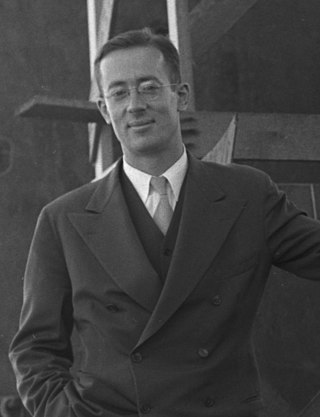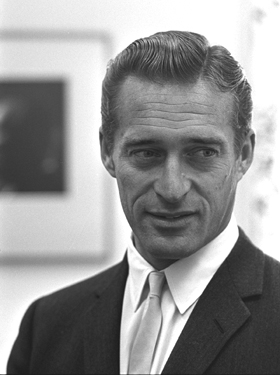TRW Inc. was an American corporation involved in a variety of businesses, mainly aerospace, electronics, automotive, and credit reporting. It was a pioneer in multiple fields including electronic components, integrated circuits, computers, software and systems engineering. TRW built many spacecraft, including Pioneer 1, Pioneer 10, and several space-based observatories. It was #57 on the 1986 Fortune 500 list, and had 122,258 employees. The company was called Thompson Ramo Wooldridge Inc., after the 1958 merger of the Ramo-Wooldridge Corporation and Thompson Products. This was later shortened to TRW.

Edward George Gibson is a former NASA astronaut, pilot, engineer, and physicist.

José Moreno Hernández is a Mexican-American engineer and astronaut. He currently serves as a Regent of the University of California.
The Society of Hispanic Professional Engineers (SHPE) was founded in Los Angeles, California in 1974 by a group of engineers employed by the city of Los Angeles. Their objective was to form a National organization of professional engineers to serve as role models in the Latino community.

Simon "Si" Ramo was an American engineer, businessman, and author. He led development of microwave and missile technology and is sometimes known as the father of the intercontinental ballistic missile (ICBM). He also developed General Electric's electron microscope. He played prominent roles in the formation of two Fortune 500 companies, Ramo-Wooldridge and Bunker Ramo Corporation.
Albert Vinicio Báez was a Mexican-American physicist and the father of singers Joan Baez and Mimi Fariña, and an uncle of John C. Baez. He made important contributions to the early development of X-ray microscopes, X-ray optics, and later X-ray telescopes.

Richard Alfred Tapia is an American mathematician and University Professor at Rice University in Houston, Texas, the university's highest academic title. In 2011, President Obama awarded Tapia the National Medal of Science. He is currently the Maxfield and Oshman Professor of Engineering; Associate Director of Graduate Studies, Office of Research and Graduate Studies; and Director of the Center for Excellence and Equity in Education at Rice University.

Robert Alden Cornog was an American physicist and engineer who helped develop the atomic bomb and missile systems, and made significant discoveries regarding isotopes of hydrogen and helium.

Neil Gilbert Siegel is an American computer scientist, systems engineer, and engineer, known for his development of many key systems for the United States military, including the Blue-Force Tracking system, the U.S. Army's first unmanned air vehicle system, and the US Army forward-area air defense system. Several of his inventions also found their way into consumer products, such as hand-held devices whose map displays automatically orient themselves to align with the real-world's cardinal points.
Richard Velazquez is an American businessman. He was recognized in October 2000 as the 1st Puerto Rican automotive designer for Porsche in Germany.

The John and Marcia Price College of Engineering at the University of Utah is an academic college of the University of Utah in Salt Lake City, Utah. The college offers undergraduate and graduate degrees in engineering and computer science.
William Rees Sears was an American aeronautical engineer and educator who worked at Caltech, Northrop Aircraft, Cornell University, and the University of Arizona. He was an editor of the Journal of the Aeronautical Sciences from 1955 to 1963 and the founding Editor of the Annual Review of Fluid Mechanics in 1969.

John Stuart Foster Jr. is an American physicist, best known as the fourth director of Lawrence Livermore National Laboratory and as Director, Defense Research and Engineering under four Secretaries of Defense and two Presidents.
Out to Innovate, previously known as the National Organization of Gay and Lesbian Scientists and Technical Professionals (NOGLSTP), is a professional society for professionals in science, technology, mathematics, and engineering. Each year, Out to Innovate gives the Walt Westman Award to members who helped make significant contributions to the association's mission.

James L. Buie was an American scientist and inventor working for TRW Inc who developed transistor–transistor logic, a form of integrated circuit technology that became widely used early in the integrated circuit industry.
Diane Powell Murray is an American software engineer and program manager. In 2006 she received Computerworld's Premier 100 Technology Leadership Award, and in 1982 the Candace Award from the National Coalition of 100 Black Women.
Margarita Hortensia Colmenares is an American environmental engineer and activist for the Hispanic-American community. In 1989 she became the first woman to serve as President of the Society of Hispanic Professional Engineers.

Space Park is an aerospace engineering campus occupying over 100 acres in Redondo Beach, California, since 1961, expanding in 1968 to a nearly adjacent 90 acres in Manhattan Beach.









